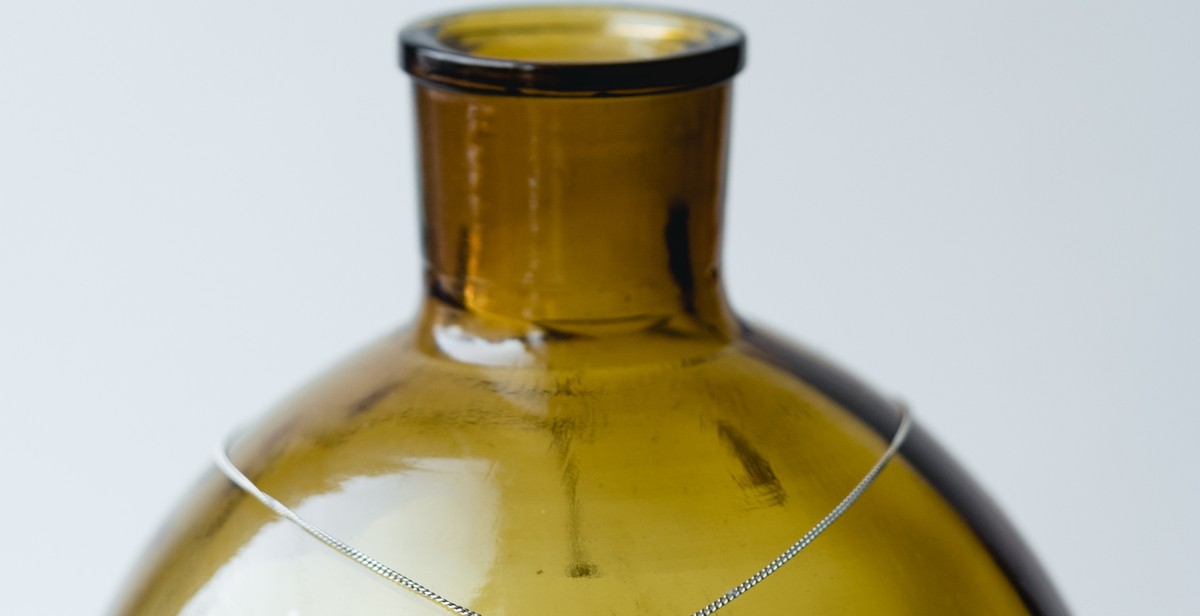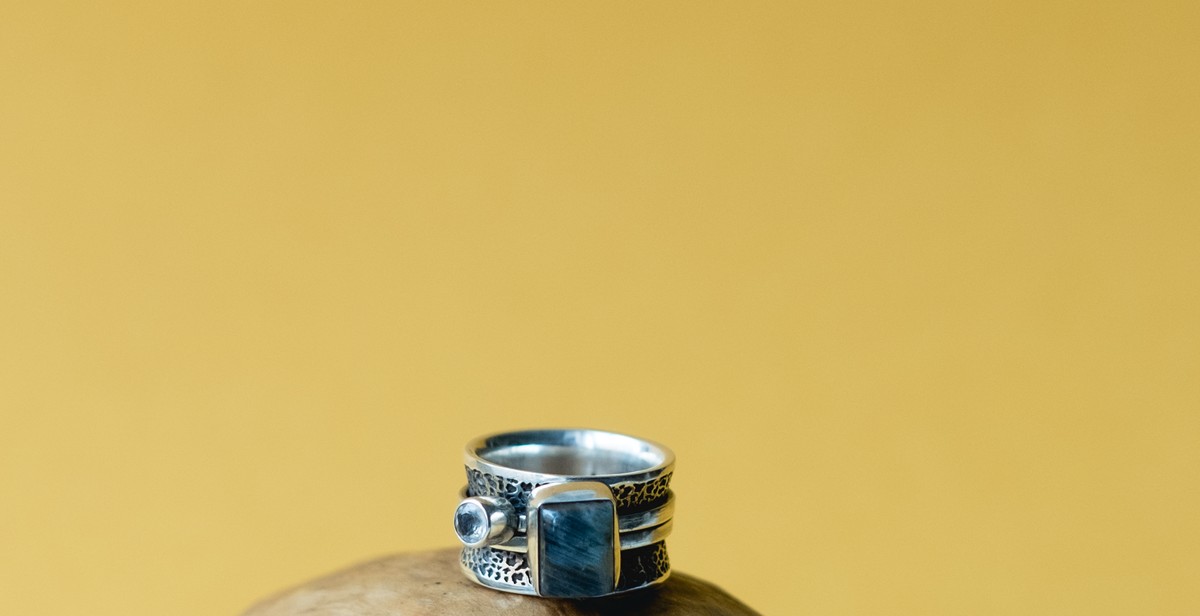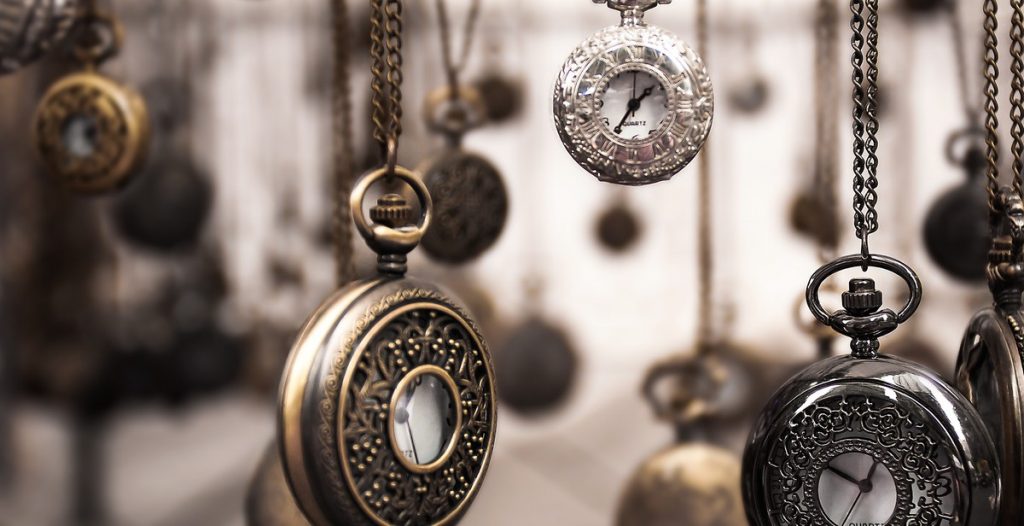What is the difference between a ‘vintage’ and an ‘antique’ piece of jewellery?
When it comes to jewellery, the terms ‘vintage’ and ‘antique’ are often used interchangeably, but they actually have distinct meanings. Understanding the difference between these two terms can help you make informed decisions when buying or selling jewellery.
Vintage jewellery
Vintage jewellery refers to pieces that are at least 20 years old, but less than 100 years old. These pieces are often characterized by their unique designs and styles that reflect the trends and fashions of the era in which they were made. Vintage jewellery can be made from a variety of materials, including gold, silver, and platinum, as well as costume jewellery materials like rhinestones and glass beads.
Antique jewellery
Antique jewellery, on the other hand, refers to pieces that are over 100 years old. These pieces are often rare and valuable due to their age and historical significance. Antique jewellery can be made from a variety of materials, including precious metals, gemstones, and enamel. Antique jewellery is often characterized by its intricate designs and craftsmanship, which reflect the styles and techniques of the era in which it was made.
Whether you are a collector or simply looking for a unique piece of jewellery, understanding the difference between vintage and antique pieces can help you make informed decisions and appreciate the history and craftsmanship of these beautiful items.
Defining Vintage and Antique Jewellery
When it comes to jewellery, the terms “vintage” and “antique” are often used interchangeably. However, there is a difference between the two that is important to understand when buying or selling jewellery.
What is Vintage Jewellery?
Vintage jewellery refers to pieces that are at least 20 years old but less than 100 years old. These pieces are often inspired by the fashion trends of their time and can be made from a variety of materials such as gold, silver, and costume jewellery. Vintage jewellery is often sought after for its unique style and can be a great way to add a touch of nostalgia to your wardrobe.
Some popular vintage jewellery styles include Art Deco, which was popular in the 1920s and 1930s, and Mid-Century Modern, which was popular in the 1950s and 1960s. Vintage jewellery can also be signed by a designer or brand, which can increase its value and collectability.
What is Antique Jewellery?
Antique jewellery refers to pieces that are at least 100 years old. These pieces are often one-of-a-kind and can be made from a variety of materials such as gold, silver, and precious gemstones. Antique jewellery is often sought after for its historical significance and craftsmanship.
Some popular antique jewellery styles include Victorian, which was popular in the 19th century, and Edwardian, which was popular in the early 20th century. Antique jewellery can also be signed by a famous maker or jeweller, which can increase its value and rarity.
- Vintage jewellery is at least 20 years old but less than 100 years old
- Antique jewellery is at least 100 years old
- Vintage jewellery is often inspired by the fashion trends of its time
- Antique jewellery is often sought after for its historical significance and craftsmanship
- Both vintage and antique jewellery can be made from a variety of materials such as gold, silver, and precious gemstones
Understanding the difference between vintage and antique jewellery can help you make informed decisions when buying or selling jewellery. Whether you are looking for a unique piece to add to your collection or hoping to sell a family heirloom, knowing the age and style of the piece can help you determine its value and significance.

Age Difference between Vintage and Antique Jewellery
The age of a piece of jewellery is the primary factor that distinguishes vintage from antique jewellery. While there is no universally accepted definition of the age range for vintage and antique jewellery, most experts agree that vintage jewellery is typically between 20 and 100 years old, while antique jewellery is over 100 years old.
Age of Vintage Jewellery
Vintage jewellery is typically between 20 and 100 years old. This means that vintage jewellery from the 1920s to the 1990s falls under this category. Vintage jewellery often reflects the styles, trends, and materials of the era in which it was made. For example, Art Deco jewellery from the 1920s and 1930s is known for its geometric shapes, bold colours, and use of materials such as platinum and diamonds.
Other popular vintage styles include mid-century modern jewellery from the 1950s and 1960s, which features clean lines and minimalist designs, and bohemian jewellery from the 1970s, which often incorporates natural materials such as wood, beads, and feathers.
Age of Antique Jewellery
Antique jewellery is over 100 years old. This means that antique jewellery is typically from the late 1800s or earlier. Antique jewellery often reflects the styles, techniques, and materials of the era in which it was made. For example, Victorian jewellery from the mid-to-late 1800s is known for its romantic motifs, such as hearts, flowers, and bows, as well as its use of materials such as gold, silver, and pearls.
Other popular antique styles include Georgian jewellery from the 1700s and early 1800s, which often features delicate, intricate designs and the use of materials such as diamonds and coloured gemstones, and Art Nouveau jewellery from the late 1800s and early 1900s, which is known for its flowing, organic shapes and the use of materials such as enamel and glass.
- Vintage jewellery is typically between 20 and 100 years old
- Antique jewellery is over 100 years old
- Vintage jewellery often reflects the styles, trends, and materials of the era in which it was made
- Antique jewellery often reflects the styles, techniques, and materials of the era in which it was made

Design Differences between Vintage and Antique Jewellery
When it comes to jewellery, vintage and antique pieces are often used interchangeably. However, these terms refer to different eras and styles in jewellery design. Understanding the differences between vintage and antique jewellery can help you make informed decisions when buying or selling jewellery.
Design of Vintage Jewellery
Vintage jewellery refers to pieces that are at least 20 years old but not more than 100 years old. This means that vintage jewellery can include pieces from the 1920s all the way up to the 1990s. Vintage jewellery is often characterized by its unique designs and styles that were popular during the time the piece was made.
Designs of vintage jewellery were heavily influenced by the Art Deco, Art Nouveau, and Retro eras. Art Deco jewellery, for instance, was characterized by geometric shapes, bold colors, and intricate details. Art Nouveau jewellery, on the other hand, had curvy lines, floral and nature-inspired designs, and a focus on asymmetry. Retro jewellery was influenced by Hollywood glamour and featured large, bold designs often set with colored gemstones.
Some of the most popular vintage jewellery pieces include cocktail rings, chandelier earrings, charm bracelets, and brooches. Vintage jewellery is often made with precious metals like gold and silver and set with diamonds, pearls, and other gemstones.
Design of Antique Jewellery
Antique jewellery, on the other hand, refers to pieces that are at least 100 years old. Antique jewellery is often characterized by its intricate designs and craftsmanship, which were often done by hand. Antique jewellery is also known for its use of rare and valuable materials like platinum, rose gold, and old-cut diamonds.
Designs of antique jewellery were heavily influenced by the Victorian, Edwardian, and Art Nouveau eras. Victorian jewellery was characterized by romantic and sentimental designs, often featuring hearts, flowers, and bows. Edwardian jewellery, on the other hand, was characterized by delicate and intricate designs often set with diamonds and pearls. Art Nouveau jewellery, as mentioned earlier, had curvy lines, floral and nature-inspired designs, and a focus on asymmetry.
Some of the most popular antique jewellery pieces include Georgian diamond rings, Victorian brooches, and Edwardian necklaces. Antique jewellery is often made with rare and valuable materials and is highly sought after by collectors and enthusiasts.

Value Differences between Vintage and Antique Jewellery
When it comes to jewellery, the terms ‘vintage’ and ‘antique’ are often used interchangeably, but they actually refer to two distinct categories of jewellery. Understanding the differences between vintage and antique jewellery is important, especially when it comes to determining their value.
Value of Vintage Jewellery
Vintage jewellery refers to pieces that are at least 20 years old but not more than 100 years old. These pieces are typically from the 1920s to the 1980s and are often associated with a particular era or style. Vintage jewellery is highly sought after by collectors and fashion enthusiasts alike because of its unique and nostalgic appeal.
The value of vintage jewellery is determined by several factors, including the rarity of the piece, the condition it’s in, and the popularity of the era or style it represents. In general, vintage jewellery is less valuable than antique jewellery because it’s not as old and doesn’t have the same historical significance.
Factors that influence the value of vintage jewellery:
- Rarity of the piece
- Condition of the piece
- Popularity of the era or style it represents
- Materials used
Value of Antique Jewellery
Antique jewellery refers to pieces that are at least 100 years old. These pieces are often one-of-a-kind and have historical significance. Antique jewellery is highly valued by collectors and historians because it provides a glimpse into the past and the styles, materials, and techniques used in jewellery making during different time periods.
The value of antique jewellery is determined by several factors, including the rarity of the piece, the condition it’s in, the historical significance, and the materials used. In general, antique jewellery is more valuable than vintage jewellery because of its age and historical significance.
Factors that influence the value of antique jewellery:
- Rarity of the piece
- Condition of the piece
- Historical significance
- Materials used
Overall, both vintage and antique jewellery have value, but antique jewellery is generally more valuable due to its historical significance and age. When purchasing or selling jewellery, it’s important to understand the differences between vintage and antique jewellery and to consider the factors that influence their value.
Conclusion
After exploring the differences between vintage and antique jewelry, it is clear that both terms are important to understand when purchasing or collecting jewelry.
While vintage jewelry refers to pieces that are at least 20 years old, antique jewelry is typically over 100 years old. The age of the jewelry is not the only factor that determines its value, as factors such as rarity, craftsmanship, and condition also play a significant role.
When shopping for vintage or antique jewelry, it is important to do your research and work with a reputable dealer. You should also carefully examine the condition of the piece, paying attention to any damage or repairs that may affect its value.
Ultimately, whether you prefer vintage or antique jewelry is a matter of personal taste. Both types of jewelry offer unique beauty and history, making them valuable additions to any collection.
- Remember that vintage jewelry is at least 20 years old, while antique jewelry is over 100 years old.
- Factors such as rarity, craftsmanship, and condition also play a significant role in determining the value of a piece of jewelry.
- Work with a reputable dealer and carefully examine the condition of the piece before making a purchase.
- Both vintage and antique jewelry offer unique beauty and history, making them valuable additions to any collection.

